The colours of South Sea pearls
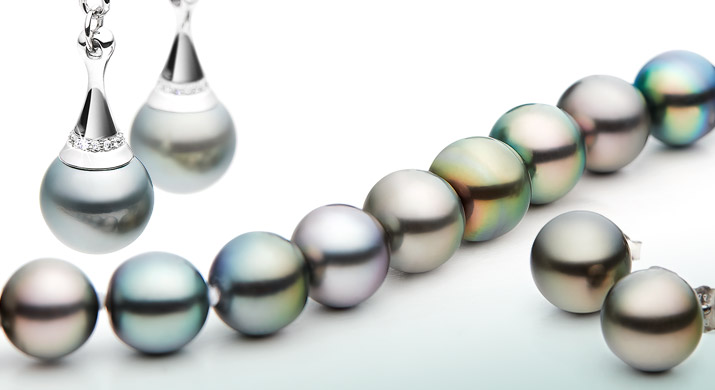
South Sea Pearls are naturally stunning living gems, and each pearl is always unique. Some of the most sought-after and desirable pearls available on the world market are Australian South Sea pearls. Nina’s always select the rarest and most valuable pearls available from Broome and the South Seas for our jewellery.
While the majority of Pearls are most commonly found in classic white shades, there are also a range of other pearl colours available. Equally as stunning as white pearls, and each unique for the rare hues they showcase, these coloured treasures add to the beauty as well as the diversity of pearl jewellery.
Read on below to learn about the various South Sea Pearl colours and what you can do with them.
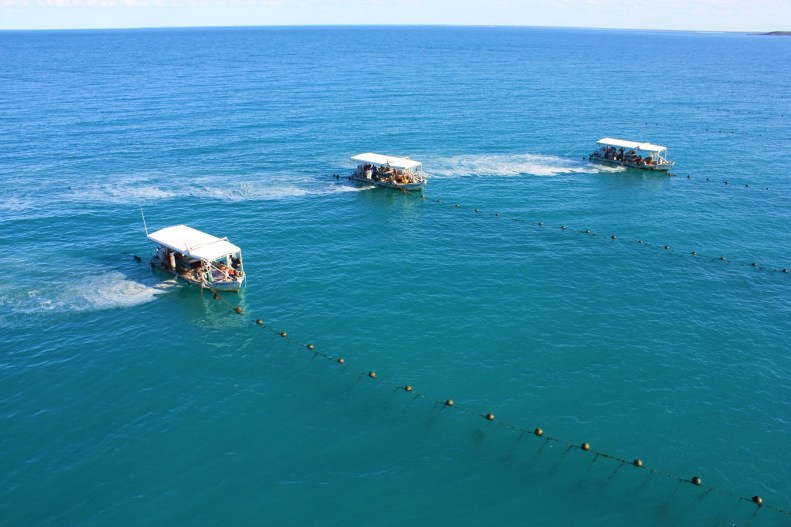
What are South Sea Pearls?
Highly prized and revered Queens of the deep, South Sea Pearls are found in the pristine blue waters off the northern coast of Western Australia, after they have been cultured inside the largest pearl-producing oyster called the Pinctada Maxima. These colourful pearls are both the largest and the finest quality pearls on the planet, thanks to their combination of the most modern pearling techniques available and a perfectly suited marine environment.
What types of pearls are available?
South Sea Pearls
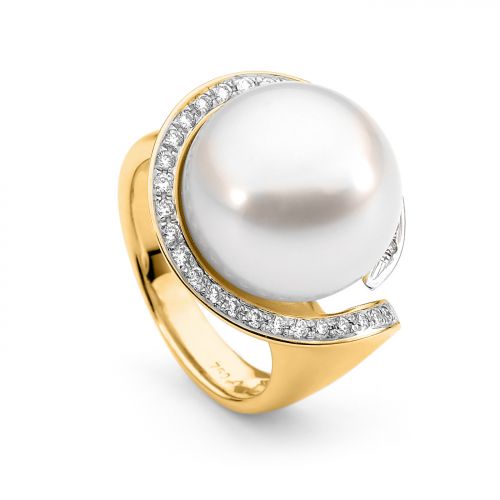 The large sized oysters called Pinctada Maxima are found in the coastal waters of Broome in Western Australia, which is the only place in the world with commercial quantities of these massive oysters. South Sea pearls possess a unique lustre thanks to their thicker nacre coating.
The large sized oysters called Pinctada Maxima are found in the coastal waters of Broome in Western Australia, which is the only place in the world with commercial quantities of these massive oysters. South Sea pearls possess a unique lustre thanks to their thicker nacre coating.
The large size of these infamous pearls means they will be available in a variety of colours like subtle pinks, baby blues, and grass greens, while the classic whites can be effortlessly mixed with silver, cream, or even gold.
Akoya Pearls
Cultivated in a small-sized oyster, Akoya Pearls are small in stature, with a thin nacre coating, and are always treated and coloured like the Freshwater Pearl. Often referred to as Mikimoto Pearls after the pioneer of pearl farming, Akoya (or Pinctada Fucata) Pearls are extremely famous in Japan, while also distributed widely all throughout the rest of Asia as well as Australasia.
Tahitian Black Pearls
These pearls are cultivated in Pinctada Margaritifera or the black-lipped oysters found living close to the French Polynesian archipelago as well as Tahiti. These pearls can reach a maximum size of 16mm, in a variety of grey coloured shades, or strong hues that range from aubergine to green. These are also referred to as ‘peacock pearls’.
Keshi Pearls
It seems like Keshi pearls only ever occur completely by chance, illustrating pearls in their most natural form. The uniquely amazing range of non-nucleated Keshi Pearls all seem to be growing into wildly varying sizes, and a variety of unusual and interesting shapes. Keshi Pearls are usually only available in colours of whites or blacks, or exceptionally rarely - gold.
Freshwater Pearls
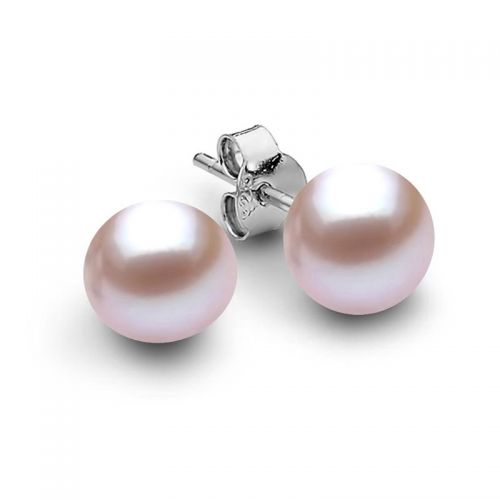 Freshwater Pearls are cultivated almost exclusively in various fresh water mussels that live in farming ponds throughout China. Compared to South Sea Oysters which produce only one pearl per oyster, a single mussel can cultivate up to 50 pearls. Even after these rarely symmetrical pearls have received treatment that enhances lustre and colour, Freshwater Pearls are still the cheapest and easiest pearls to mass-produce.
Freshwater Pearls are cultivated almost exclusively in various fresh water mussels that live in farming ponds throughout China. Compared to South Sea Oysters which produce only one pearl per oyster, a single mussel can cultivate up to 50 pearls. Even after these rarely symmetrical pearls have received treatment that enhances lustre and colour, Freshwater Pearls are still the cheapest and easiest pearls to mass-produce.
How are South Sea Pearls grown?
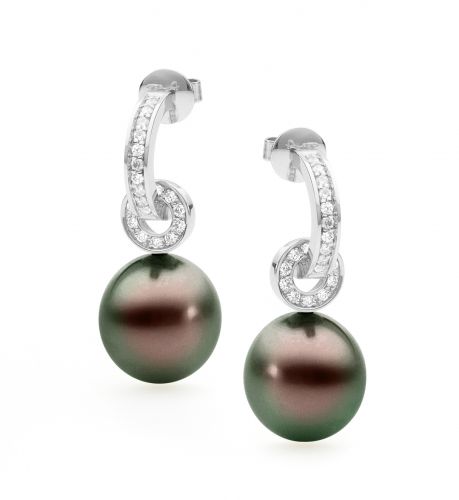 Australian South Sea Pearls are slowly but intricately created inside oysters over a 2 year period while the spherical nucleus inside is coated with what’s called ‘nacre’. The thickness of nacre which coat these pearls gives it its natural lustre that is unparalleled by pearls grown anywhere else.
Australian South Sea Pearls are slowly but intricately created inside oysters over a 2 year period while the spherical nucleus inside is coated with what’s called ‘nacre’. The thickness of nacre which coat these pearls gives it its natural lustre that is unparalleled by pearls grown anywhere else.
What are South Sea Pearl colours?
Silver-lipped oysters create pearls in colours from the aqua, blue, silver, and white families, while the gold-lipped oysters produce colours of cream, champagne, and even deep gold. South Sea pearls are very rarely processed after harvesting beyond a simple wash and buffing, because they are already so rich in colours.
What causes the South Sea Pearl colours?

Every pearl seems to reflect colour differently, such as boldly reflecting on the surface, or otherwise hinting at hidden hues deep within nacre layers. Either way, the main factors that determine the colour of a pearl are their growing environment and their oyster species.
South Sea pearls are highly sought after for their rich, and varied colours, while Pinctada Maxima Pearls are usually available in shades of white, silver, ivory, and rare shades of gold or yellow. Some also have lustrous overtones of magnificent pink, green, blue or rarely a combination of them all. Tahitian or black pearls from Pinctada Margaritifera will all have various shades or hues of blue, green, platinum, aubergine, and charcoal grey. There is a seriously vast range of colours available just for black and peacock pearls - just within this one type of pearl!
How big are South Sea Pearls?
Cultivated inside the world’s largest oyster, the South Sea range of high quality pearls can grow to an average of about 18mm in diameter, only rarely exceeding the maximum of 20mm.
Rarity & value of different pearl colours

While the colour of the pearl has a major impact on price, there are other things to consider such as size, quality, type, luster, and shape. Deeper toned bodies which also had gorgeous coloured overtones will always be priced higher than duller stones. As long as the colour is even and uniform, it will always increase the price. Pearls that have different colours such as pink, blue, and gold are more expensive, due of course to each colour’s rarity.
Nina’s always select their pearls from the most recent, the most valued, and the rarest pearls available, whether they are from the South Seas or Broome.
View the collection of South Sea Pearl jewellery available from Nina’s today, including gorgeous pearl rings, pearl earrings, and pearl necklaces and pendants.


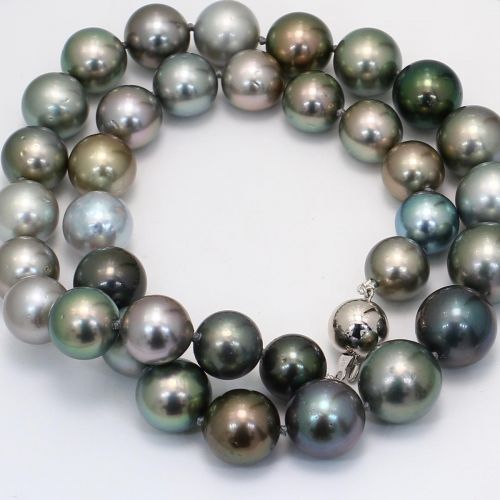
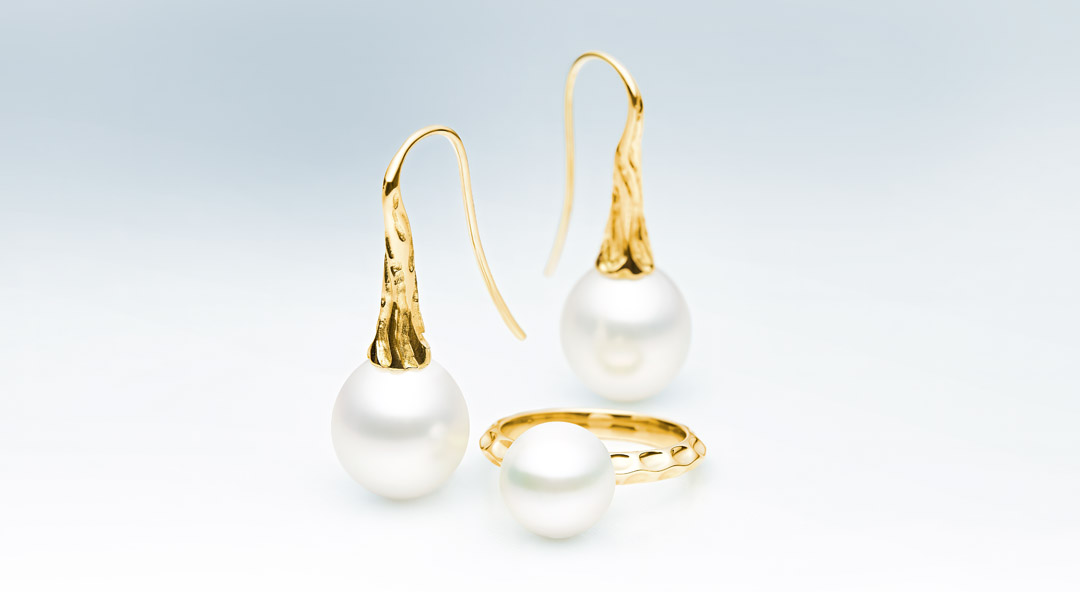




The information below is required for social login
LOG IN
Create New Account